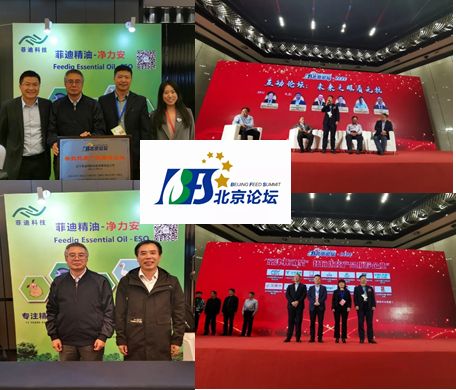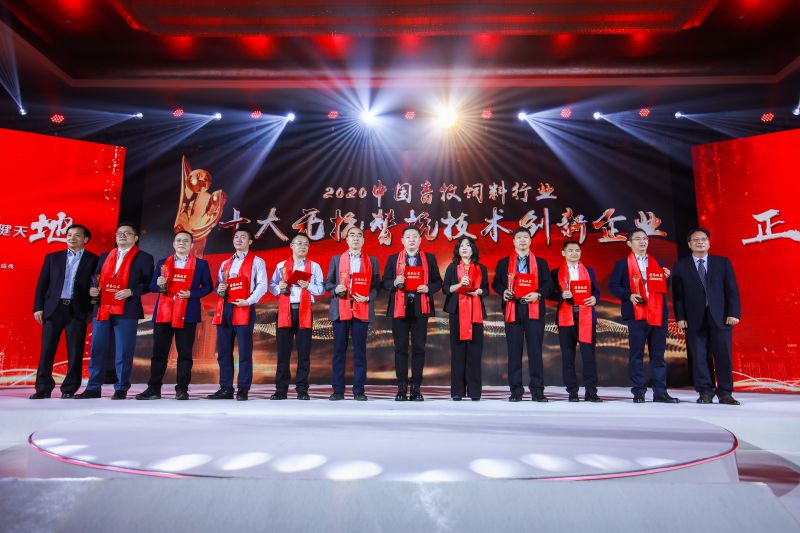In late October, the new corn has been listed for about a month, whether it is from the sharp drop in the price of new corn in North China until the overall small rebound has stabilized, or from the Northeast region in the temporary storage In the "first" year in which corn was bought out, the price was basically in one step, and the overall price did not show a sharp decline after the eleventh. So, if the current corn price stabilizes at a low level, does it mean that the corn price has reached or is close to bottoming out?
Here we still look at the order in which corn is listed. First of all, we look at the price performance of new corn in North China. Overall, the spot price of corn in North China has recently shown a trend of bottoming out. , I think it is not a real rebound. The reason for this is mainly because the price in the previous period fell too fast, the number of transactions on the ultra-low price is very small, and then after the price rebounded slightly, the demand-side procurement enthusiasm increased and began to be listed on a large scale, which in turn pushed prices to continue Go strong. It can be said that the current price should be closer to the actual transaction price. In addition, this year's cancellation of the Northeast Corn's temporary reserve acquisition, objectively also makes the number of corn outflows in North China will be greatly reduced. It is expected that the price of corn in North China in the later period will be the first to get rid of the pressure of listing new grain, and the price will return to the fundamentals of supply and demand.
Let's take a look at the Northeast producing area again. Before the new corn is listed, the market has been short-selling Northeast corn. The reason is that the policy of "exit" of temporary storage makes Northeast corn likely to face greater pressure after listing. However, from the actual situation, after the eleventh, northeast corn began to be listed one after another, and its price did not show the large-scale decline that the market had expected. The price of new grain was in one step, and the opening price was from north (Heilongjiang) to south (Liaoning). ) Ranging from 1300-1500 yuan / ton, the price basically did not fluctuate much in the two weeks after the holiday. At the same time, Sinograin also began to take action. Inner Mongolia Branch took the lead in opening the acquisition. Sinograin Inner Mongolia Branch recently announced an acquisition announcement. The purchase price of corn is above the national standard. The purchase price in Hulunbuir area is 0.65 yuan / jin, and in Xing'an League area is 0.68 yuan / Jin, 0.7 yuan / jin for Tongliao and Chifeng areas, 0.71 yuan / jin for Xilin Gol and west areas. It can be said that the acquisition of China National Grain Storage announced that the policy market “market-oriented” acquisition has started. Corn prices have thus been supported to a certain extent and tend to stabilize.
This morning, DCE1701 corn futures oscillated after opening lower, harvesting a cross pattern, intraday starch futures prices rose more than yesterday, but the trend of corn is relatively weak. On the 20th, China Grain Reserve Heilongjiang Branch started the rotation of the central reserve corn acquisition. The planned acquisition of corn was 440,000 tons and the listed acquisition price was 1,400 yuan / ton. However, the specific acquisition standard has not yet been confirmed, and the amount of acquisition is extremely limited. The policy still needs to be further fermented and confirmed. In the past two days, some deep-processing enterprises in the Northeast have raised the price of corn, but the discount rate is high, and the actual transaction price is low. The arrival in North China has increased, but it will still be mainly rainy next week. The market price is mainly stable, limiting the space for the future price to fall in the short term.
Today, the price of corn in Shandong has stopped rising. Among them, the purchase price of new-season corn (the same below) in Weifang, Shandong province is 1760-1780 yuan / ton, which is 20 yuan / ton lower than yesterday. The previous week has increased by 80-100 yuan / ton. ; The purchase price of corn in Shouguang region is 1740-1760 yuan / ton, down 10 yuan / ton from yesterday, and it has increased by 100-120 yuan / ton in the previous week; the state of Texas is 1,710 yuan / ton, down by 10 yuan / ton, which has increased in the previous week. About 80 yuan / ton.
Northeast corn is hard to put pressure on North China corn. North China corn rose in mid-October, and Northeast corn shipped to North China saw a profit. Taking dry corn of about 1300 yuan / ton in eastern Heilongjiang as an example, the steam freight to Shandong is about 350-400 yuan / ton, and the profit is 50-80 yuan / ton. However, due to the frequent adjustment of corn purchase prices for grain-using enterprises in Shandong, once the weather improves, the purchase price may fall rapidly, and the trade profits will be unstable. Therefore, Northeast corn has not yet entered into a large number of customs, and it is difficult for Northeast corn to exert pressure on North China corn in the short term.
In order to encourage the market to purchase new season corn, the National Grain Trading Center announced on the 20th that the state will suspend auction sales of policy corn. The state will consider arranging corn sales after the new season corn purchase period ends in May 2017. According to statistics, this year's national auctioned sales of temporary reserve corn actually traded 21.83 million tons, an increase of 17.75 million tons over the previous year. At the same time, China National Grain Storage Company organized a rotation of 20 million tons of corn. In 2016, the total release of policy corn reached 41.83 million tons.
In addition, the National Grain and Oil Information Center's monitoring showed that the grain sales of farmers in Northeast China this week was 3%, a year-on-year slower by 1%. Grain sales progress of farmers in Heilongjiang is 3%, which is 1 percentage point slower than the same period last year; Jilin is 2%, which is 1 percentage point slower than the same period; 1% slower than the same period last year. The corn harvest in Northeast China is relatively slow. Traders follow the harvest and deep processing companies use it for picking. The willingness to stock up is not strong. The progress of grain sales by farmers in the Northeast is slower than the previous year.
This week's progress of farmers' grain sales in North China was 9%, an increase of 2 percentage points from last week and 4 percentage points slower than the same period last year. Among them, the grain sales progress of farmers in Hebei was 5%, lagging 3 percentage points year-on-year; Shandong was 9%, 6% slower than the same period last year; Henan was 12%, 2% faster than the same period last year. Affected by farmers' reluctant sales and rainy weather, the progress of grain sales by farmers in North China was slower than the same period last year. After the weather improves in the later period, it is expected that the progress of grain sales will accelerate.
If the supply and demand relationship does not ease, the pressure to maintain a strong rise will be great. In this round of spot price linkage, the transition was magnified by policy effects, opportunistic market news, haze and rain weather factors affecting logistics and shipments and other factors, which did not bring substantial changes to the market supply and demand relationship. Behind the rise is another deviation from the supply-demand relationship, and it is conceivable that risks will also accumulate. The core of solving the problem is whether the demand can continue to be strong. This is the key to whether the price will be stable and strong in the future under marketization.

.jpeg)


.jpg)
